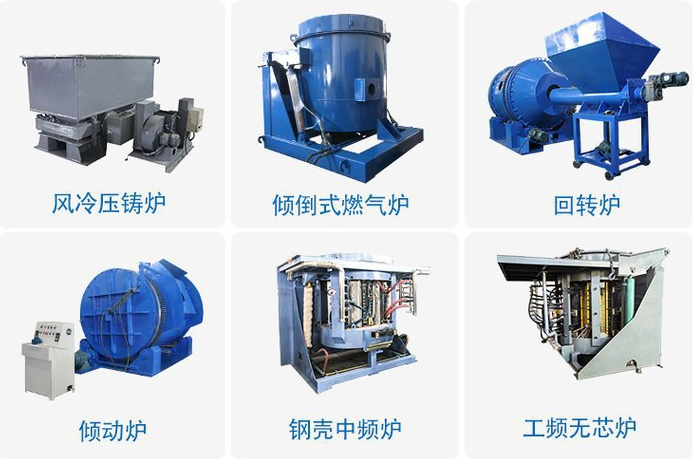Technological progress in copper melting furnaces and aluminum melting furnaces focuses on energy efficiency, automation, and environmental sustainability. Advanced materials and heat recovery systems improve melting efficiency and reduce emissions. Automation enhances precision and reduces labor costs. Market trends indicate a growing demand for furnaces that use renewable energy sources and comply with stricter environmental regulations, promoting the recycling of copper and aluminum. The rise of circular economy principles is also driving increased investment in melting technologies that support resource recovery and sustainability.

Copper Melting Furnace Market Trends:
With the rise in copper recycling, the demand for efficient copper scrap melting furnaces is increasing. Many industries prefer recycled copper due to lower costs and environmental benefits. This trend is pushing copper meting furnace manufacturers to design systems that can efficiently handle scrap copper.The expansion of green energy projects (e.g., wind turbines, solar panels) and electric vehicles (EVs) is driving demand for copper products, particularly copper wires and conductors. This has led to a boom in the production capacity of copper smelters, spurring copper melting furnace upgrades and new installations.Asia-Pacific, particularly China and India, continues to be a dominant market for copper melting furnaces, driven by industrialization, urbanization, and large infrastructure projects.North America and Europe are focused on upgrading their smelting facilities to meet stricter environmental regulations, leading to the adoption of energy-efficient and low-emission copper melting furnaces.
Aluminum Melting Furnace Market Trends:
The demand for recycled aluminum is growing, particularly due to its use in sectors like automotive and packaging. Recycled aluminum uses 95% less energy compared to primary aluminum production, making it an attractive option for manufacturers.As a result,aluminum melting furnaces designed for aluminum scrap recycling are in high demand, with features like rotary furnace technology gaining popularity due to their efficiency in handling large amounts of scrap.The increasing use of lightweight aluminum for electric vehicles (EVs) and aircraft is boosting the need for advanced aluminum alloys and high-purity smelting technologies.Die-casting and extrusion processes, which require precise control over aluminum melting and alloying, are driving aluminum meltingfurnace manufacturers to develop more specialized equipment to meet these needs.Stringent global emissions regulations and carbon-neutrality targets are pushing aluminum producers to invest in aluminum melting furnaces with low-energy consumption and reduced emissions.There’s a strong market trend toward adopting cleaner technologies such as induction furnaces and exploring hydrogen-based smelting for aluminum to reduce carbon dioxide emissions.Emerging economies like India, Vietnam, and Mexico are seeing increased investment in aluminum production capacity, driven by growing infrastructure needs. This is creating a robust demand for cost-effective yet efficient aluminum melting furnaces.
The technological progress in copper melting furnaces and aluminum melting furnaces is centered around efficiency, automation, and environmental responsibility. Both sectors are experiencing shifts toward green technologies and circular economies, with a focus on energy recovery, digitalization, and scrap recycling.

